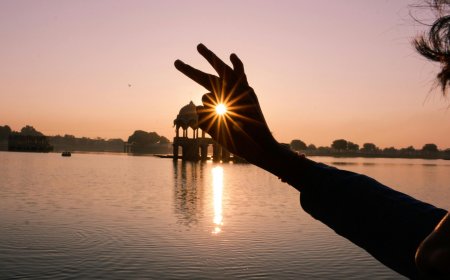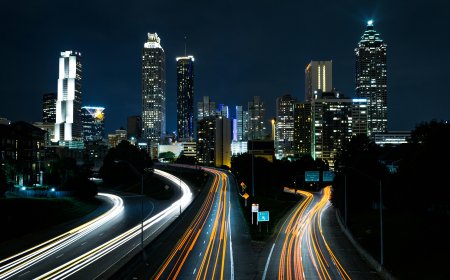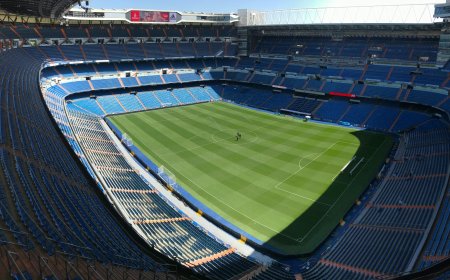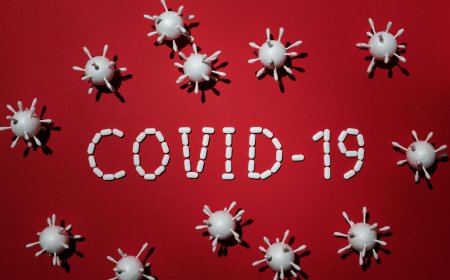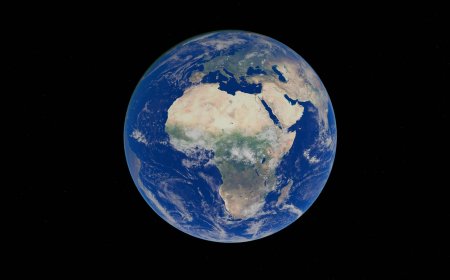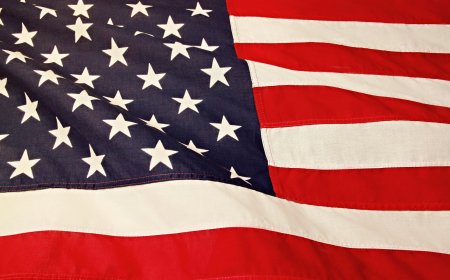Artists Who Changed the Course of Modern Art
Explore the legendary artists who redefined modern art, from Picasso to Warhol, and their lasting cultural impact.

Art is more than paint on canvas or shapes in stone—it is a mirror of human imagination, rebellion, and change. Across the 20th and 21st centuries, certain artists redefined what art could be, challenging conventions, shocking audiences, and transforming how we see the world. From Pablo Picasso’s fractured perspectives to Andy Warhol’s pop icons, these visionaries broke boundaries and forged new cultural movements.
This is the story of the artists who changed modern art forever.
Pablo Picasso: The Revolutionary of Form
Few artists shaped modern art like Pablo Picasso. With Georges Braque, he co-founded Cubism, a movement that shattered the old ways of depicting reality.
Why Picasso Mattered
- Transformed painting from representation into abstraction.
- Created over 20,000 works across painting, sculpture, ceramics, and print.
- Inspired movements from Surrealism to Abstract Expressionism.
His masterpiece, Les Demoiselles d’Avignon (1907), shocked critics with its angular, fragmented figures and became the spark of a new modern age.

Henri Matisse: The Master of Color
Where Picasso fractured form, Henri Matisse unleashed color. Known for Fauvism—the "wild beast" movement—Matisse believed that color could convey emotion more powerfully than realism.
His Contribution
- Revolutionized the use of bold, non-naturalistic color.
- Merged simplicity with emotional intensity.
- Left behind a legacy of paintings, cut-outs, and designs still adored worldwide.
Matisse proved that art could be joyous, liberating, and deeply human.
Frida Kahlo: The Painter of Pain and Identity
In Mexico, Frida Kahlo turned her suffering into art. Crippled by illness and injury, she used her canvases as a mirror of her body and soul.
Why Kahlo Matters
- Explored identity, gender, and indigenous Mexican culture.
- Mixed surrealism with raw autobiography.
- Became a feminist and cultural icon.
Her self-portraits, with their piercing gaze and symbolic detail, continue to resonate with anyone struggling with identity, love, or resilience.
Jackson Pollock: The Abstract Rebel
In the 1940s, American painter Jackson Pollock broke free from brushes and easels, creating his legendary drip paintings by pouring paint onto vast canvases laid on the floor.
His Impact
- Pioneer of Abstract Expressionism.
- Rejected traditional composition for raw energy and movement.
- Turned the act of painting itself into performance.
Pollock’s chaotic lines weren’t just art—they were freedom made visible.
Storytelling Section: When Duchamp Shocked the World
In 1917, French artist Marcel Duchamp submitted a porcelain urinal, signed “R. Mutt,” to an art exhibition. It was titled Fountain. The art world erupted in outrage.
But Duchamp’s bold gesture reshaped modern art forever. By calling an everyday object “art,” he forced society to rethink creativity itself. This was the birth of conceptual art, where the idea mattered more than the object.
Today, Duchamp’s influence lives on in installation art, performance, and even digital creativity.
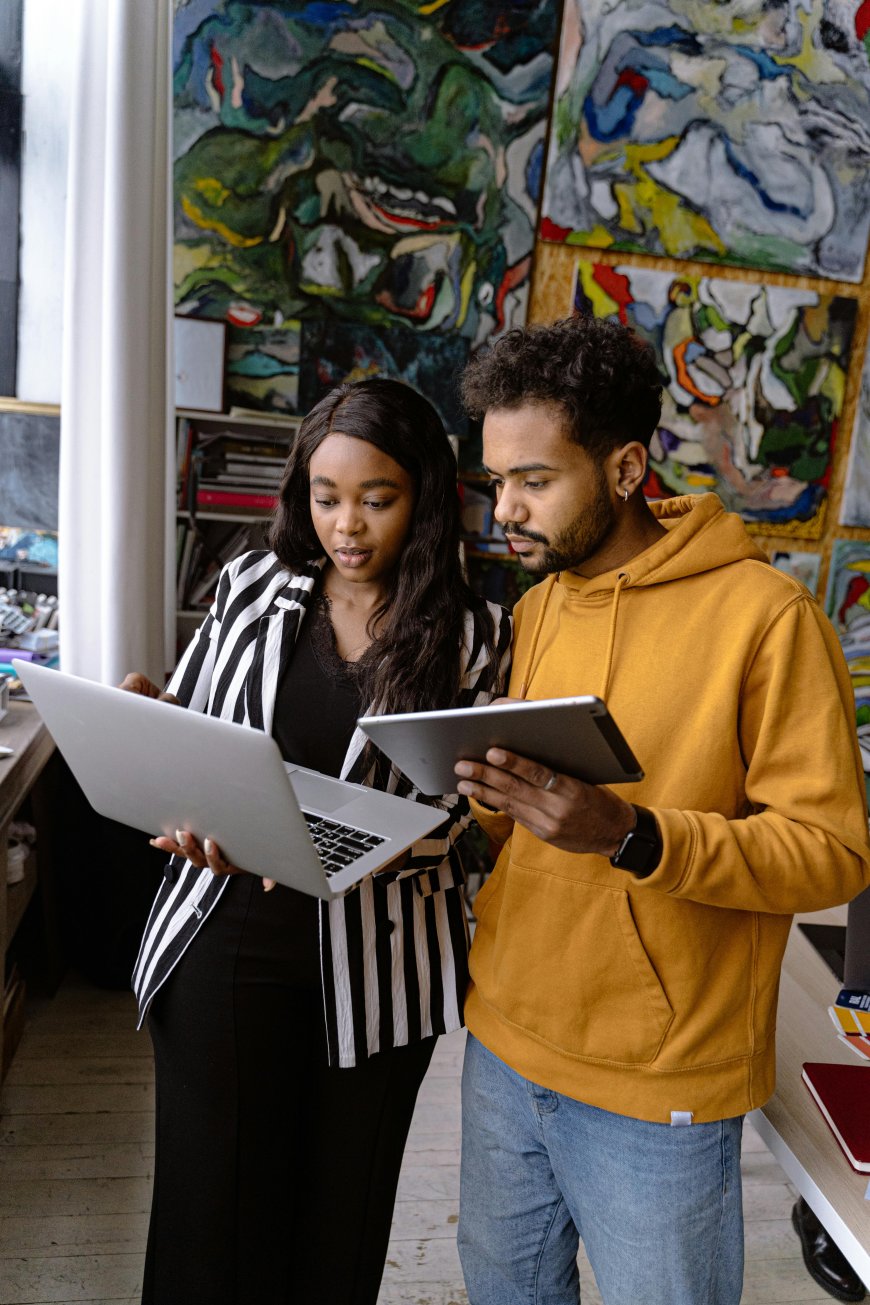
Andy Warhol: The Pop Prophet
No artist captured consumer culture like Andy Warhol. His paintings of Campbell’s soup cans and Marilyn Monroe blurred the line between art and advertising.
Warhol’s Legacy
- Defined the Pop Art movement.
- Elevated consumer goods and celebrities into art.
- Predicted the age of celebrity obsession and mass media.
Warhol didn’t just paint culture—he became culture, transforming the art world into a stage for fame, glamour, and irony.
Salvador Dalí: The Dream Painter
With his melting clocks and surreal landscapes, Salvador Dalí gave us visions that defied logic. A master of Surrealism, he explored the subconscious with bizarre, dreamlike images.
His Influence
- Made the subconscious and dreams central to modern art.
- Merged classical technique with surrealist imagination.
- Left behind iconic works still instantly recognizable today.
Dalí’s eccentric persona only amplified his legend—turning him into both artist and spectacle.
Georgia O’Keeffe: The Mother of American Modernism
In the deserts of New Mexico, Georgia O’Keeffe painted flowers, bones, and landscapes that captured both intimacy and vastness.
Why O’Keeffe Matters
- One of the first women to achieve global recognition in modern art.
- Pioneered American Modernism with a unique, organic style.
- Inspired generations of female artists to claim their place in art history.
Her magnified flowers challenged viewers to see beauty where they never had before.
Banksy: The Anonymous Provocateur
Modern art’s most elusive figure is Banksy, the anonymous street artist who uses walls instead of canvases to deliver biting social commentary.
Banksy’s Impact
- Brought street art into galleries and auction houses.
- Blended activism with artistry, tackling war, inequality, and consumerism.
- Created viral moments, such as the self-shredding artwork Girl with Balloon at Sotheby’s.
Banksy proves that art in the 21st century is not confined to museums—it lives on the streets, in politics, and online.
Conclusion: The Artists Who Changed Everything
Modern art is not a single movement but a revolution of many voices. Picasso fractured perspective, Kahlo laid bare her soul, Warhol captured consumerism, and Banksy turned walls into megaphones.
These artists proved that art is not just about beauty—it is about truth, rebellion, and vision. They changed not only art history but also culture itself.
In every bold brushstroke and daring concept, they remind us that art has the power to challenge, inspire, and transform the world.
FAQs
Q1: Who is considered the father of modern art?
A1: Pablo Picasso is often credited as the father of modern art, thanks to Cubism’s revolutionary impact.
Q2: Which female artist most influenced modern art?
A2: Frida Kahlo and Georgia O’Keeffe both redefined artistic expression for women.
Q3: Why was Duchamp’s Fountain important?
A3: It challenged the definition of art, birthing conceptual art movements.
Q4: What made Andy Warhol famous?
A4: His Pop Art works turned consumer products and celebrities into cultural icons.
Q5: Who is the most influential living artist?
A5: Banksy is widely regarded as one of the most influential living artists due to his global street art movement.
What's Your Reaction?
 Like
0
Like
0
 Dislike
0
Dislike
0
 Love
0
Love
0
 Funny
0
Funny
0
 Angry
0
Angry
0
 Sad
0
Sad
0
 Wow
0
Wow
0








